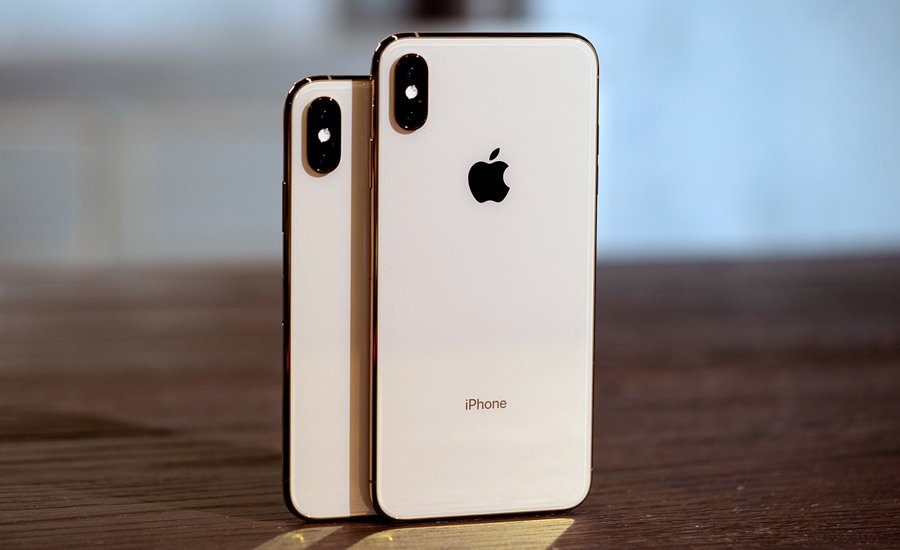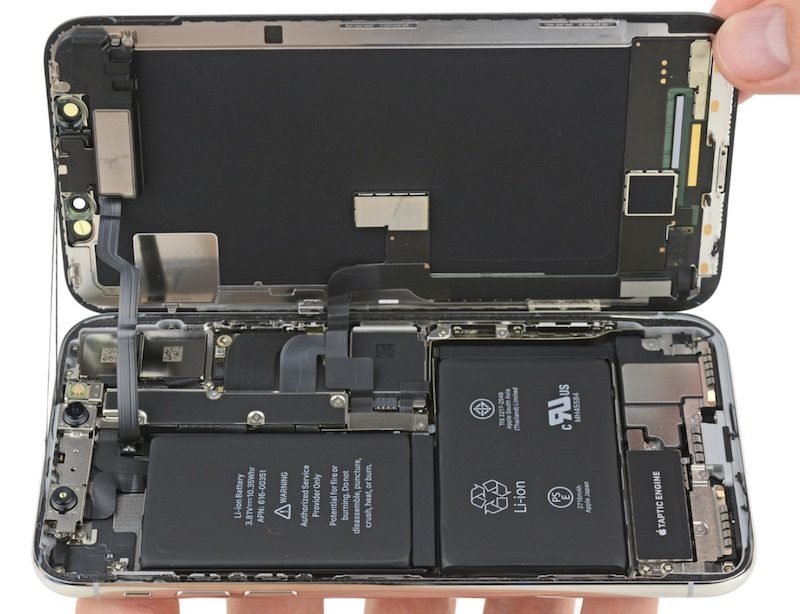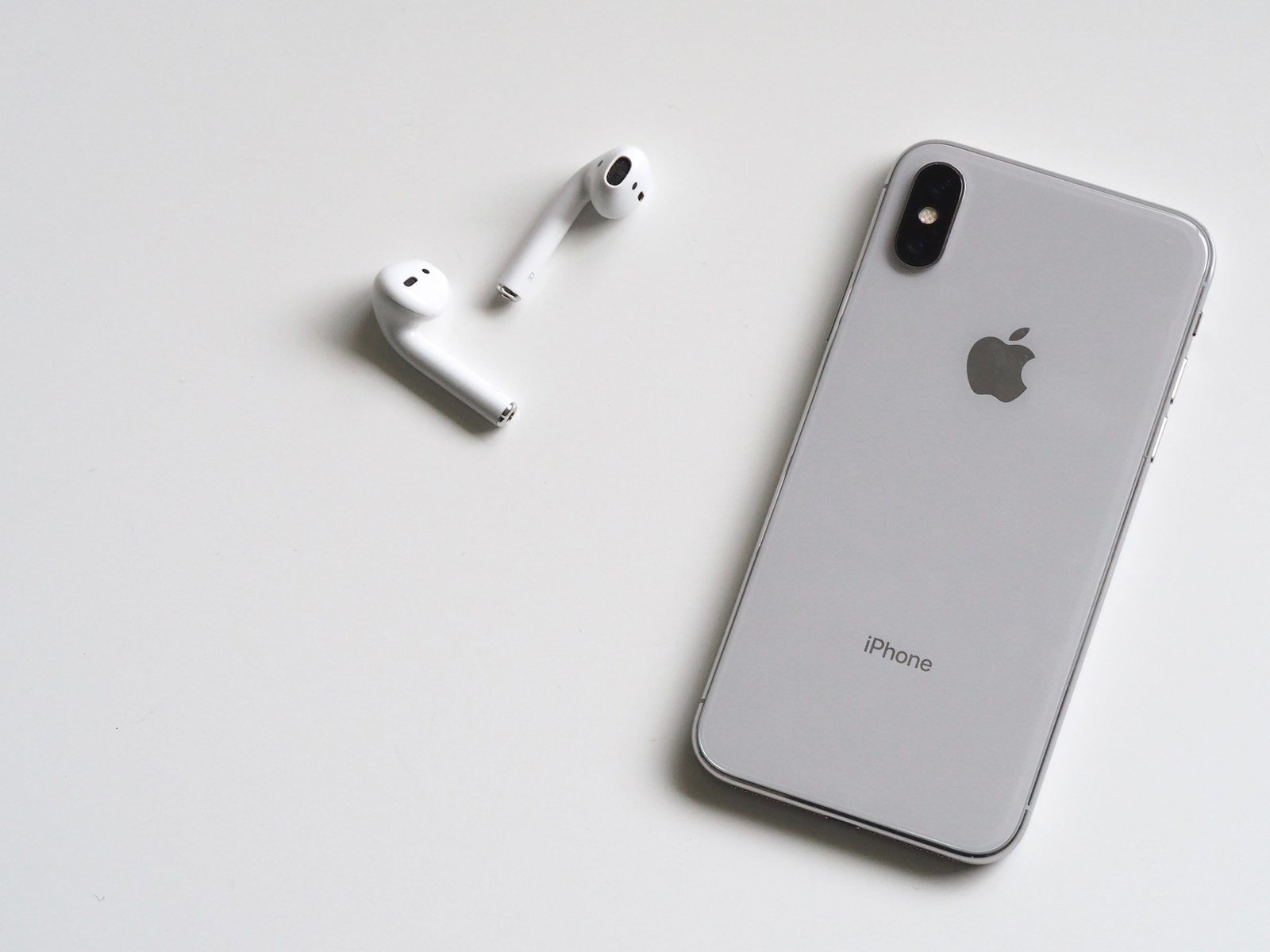
Today we’re going to explore why Apple’s repairs are so expensive. If you’ve ever cracked your iPhone screen and taken it to the Apple store to get it repaired. You may have been shocked by just how pricey it was. I recently shattered the corner of my three-month-old Apple watch. And getting this screen replaced would have cost me $300 which is about 70% of the watches retail price. So it made more sense for me to just buy a new one. Stories like these have only become more common as Apple’s repair prices have been on the rise.
There is something I want to make clear before we talk about Apple in particular. It’s certainly not a phenomenon exclusive to Apple. I’m simply using Apple as a prime example since it’s the company I’m most familiar with. And because they do happen to charge a little more for repairs than their competition.
So in order to understand why Apple’s repair prices are so high today. We have to begin by taking a look at how their products have developed over the years. Because it’s very easy to look at this issue and jump to the conclusion that Apple’s just being greedy.And trying to make more money. It’s actually much more complicated than that product like the iPhone iPad and MacBook have all changed in many ways. Since they were first released and some of those upgrades came at the cost of repairability.
Mac Book

For the MacBooks early days, you’ll probably remember it’s the user-replaceable battery that could easily be swapped out. And this was considered by many to be a necessary feature. Because that’s when the Mac books estimated battery life was just five hours about
half of what it is today. So many users carried around a fully charged back up to replace the battery once it was depleted. And the ability to instantly charge your notebook was a huge convenience for users on the go. But in 2008 Apple released the new MacBook Air that featured a nonremovable battery. And at first, this decision didn’t go over well with customers who could no longer enjoy the convenience of battery swapping.
But it didn’t come without its benefits, the battery technology used in the original MacBook Air was pretty groundbreaking for its time. It was the primary reason why the product even existed. Because instead of using traditional cylindrical lithium-ion cells Apple created custom lithium polymer cells.
Also by making the battery, nonremovable Apple could do away with components that took a valuable space for the battery. And all these changes allowed Apple to squeeze in 30 percent more battery and make the product dramatically thinner than any MacBook before. It so for Apple the benefits of a nonremovable battery outweighed the drawback of more expensive replacements and repairs.
IPad

Another good example is with the iPad because when the original was introduced in 2010 it featured a nonlaminated display. Which meant the front glass was separated from the LCD panel underneath and you could actually see a small gap between the two. So if you happen to crack the screen it could be replaced fairly easily and affordable. Where the glass and LCD panel were actually fused together into one unit and just like with the MacBook Airs battery. It came with advantages and disadvantages. One nice thing was that the gap under the glass was no longer there. So when you tapped on the display the pixels were much closer to your fingertips. Which made interactions feel more natural.
And this would become even more important when Apple introduced the Apple pencil. Also, add eliminated display allowed the iPad to be even thinner. Which was a big selling point of the iPad Air? So these examples demonstrate the struggle companies like Apple face when trying to create the most appealing product on the market. Because the reality is for most customers.
A thin and light device will always be more desirable than a thicker heavier device with a removable battery and a nonlaminated display. So what isn’t much of a surprise that companies like Apple don’t make repairability a priority when designing products? But there’s more to the story than this because so far we’ve discussed why parts have become more expensive.
Labor

There’s actually another element that has a far greater influence on repair costs. And that’s labor because if you think about it Apple products with the exception of the Mac Pro are all made in China. Where labor is cheap and assembly lines are efficient so labor costs per unit are kept to a minimum. You’re essentially hiring a worker from your home country to disassemble and reassemble your device by hand. Which can be a very time-consuming and challenging process. Especially with something like the Apple watch which wasn’t designed to be taken apart. And that’s why a screen replacement for the Apple Watch is actually more expensive than the iPhone 10 s priced at $300 compared to 280.
Issue

Lately where Apple’s Genius Bar workers incorrectly diagnose issues with products. And this has resulted in users paying exorbitant repair fees for services they don’t even need in fact back. When my Series three Apple watch was experiencing random shutdowns employees at my local Apple Store advised me to purchase a battery replacement for $80. Since it must be degraded or faulty but I decided against it.and after leaving my watch on its charger for over 24 hours I never had an issue with it shutting down again.
Now I don’t mean to suggest that Apple employees are maliciously misleading users into purchasing, repairs They don’t need. I just think when you have people working in fast-paced retail setting decisions have to be made quickly. So considering how pricey it can be to repair an Apple product. I’d like to see more deliberate care taken by the company to ensure issues are being correctly diagnosed.
Apple care warranties

Many product sales as possible and although they don’t earn a commission. Employees do receive perks or punishments depending on how many Apple Care warranties they sell. I’ve even heard of workers being fired for failing to meet monthly sales goals for Apple care. And this shouldn’t be too surprising considering Apple care as part of Apple’s services business. The company has been growing aggressively for years. In fact, services is Apple’s second largest source of revenue ahead of the iPad in the Mac. And this leads many to believe Apple’s trying to encourage sales of Apple care by showing customers how expensive repairs are out of warranty.
While I believe there might be some truth to this. You also have to consider that most of Apple’s repair prices aren’t that much more than their competition.
Right to Repair

Right to repair because under the current system only Apple-authorized repair shops to have access to apple training officials. Repair literature an opportunity to buy genuine parts directly from Apple. The problem is third-party shops have to pay a fee to become authorized and are only allowed to make basic repairs. In fact, one shop owner said if I became Apple certified I would lose 75% of my opportunities to do repairs on things. And would have to send that business to Apple for a small finder’s fee. Apple has a monopoly on the majority of repairs their costs tend to be higher than necessary.
So several countries and US states are trying to pass a right to repair laws. Which would
make it easier for people to repair their own devices by forcing manufacturers like Apple to reveal repair information to the public? It would also require them to sell spare parts directly to users and third-party repair shops.
Now, this sounds like a reasonable law to prevent companies from monopolizing repairs of their products. But companies like Apple have been lobbying against this kind of legislation for years. Their main argument is that being the sole provider of most repairs protects their intellectual property, protects consumers safety and protects device security. There may be some truth to that I think companies like Apple can implement systems. That gives their users more control and more choice when it comes to who repairs their products. And the fact that most tech companies oppose this concept only adds to the suspicion that they’re making a significant amount of profit from overpriced repairs.
Conclusion

So while the cost of parts and labor is a major reason for high repair prices there are other contributing factors. Like the fact that almost every major tech company has a virtual monopoly on most repairs made to their devices. This appears to be an important source of revenue as they’re investing heavily and lobbying against laws. That would make it easier for users to repair their own products. I just wish Apple considering their prominence in size what stand up for users control over the products.




